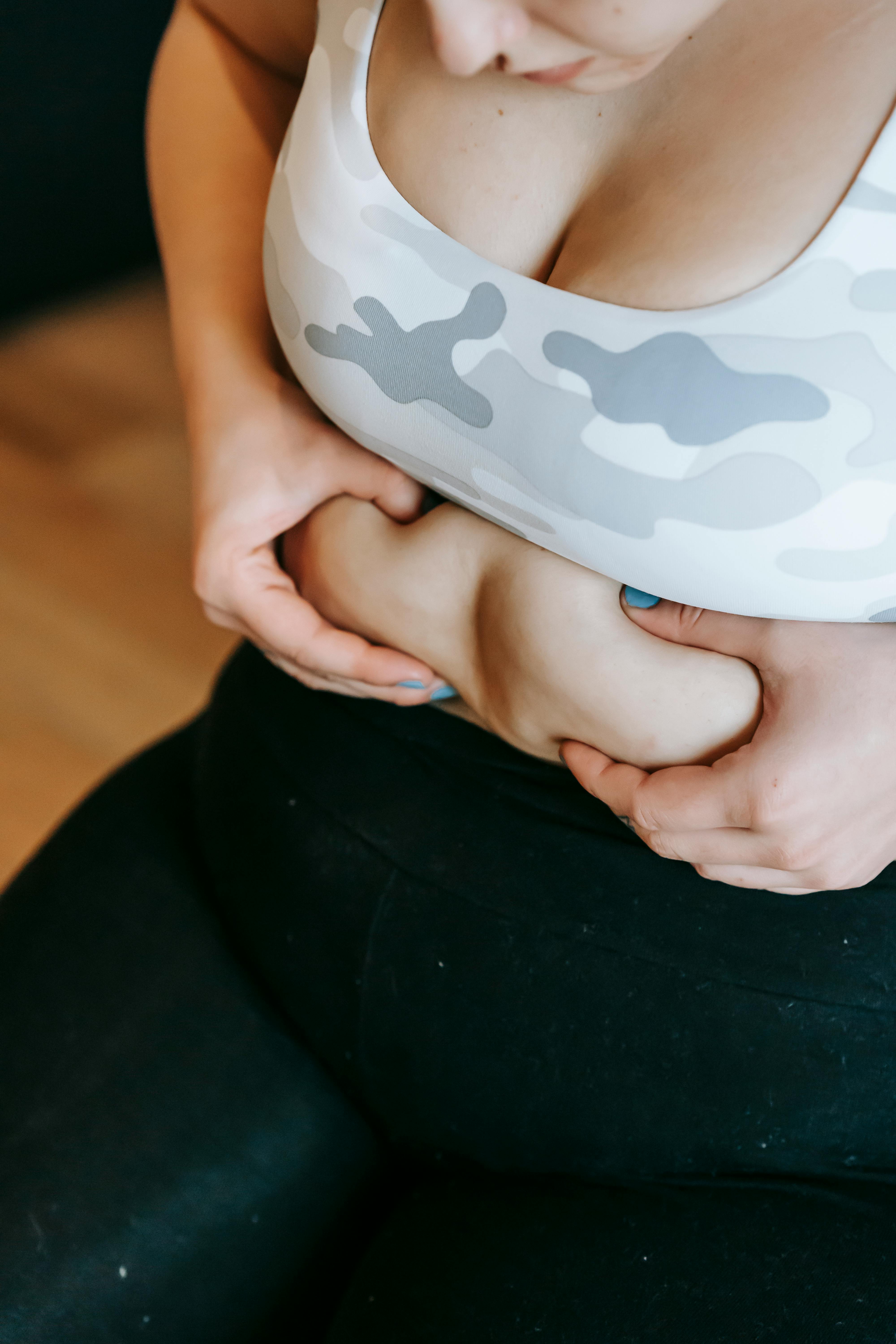Cutting Diet: Foods That Burn Fat Fast
Embarking on a cutting diet can be a crucial step toward achieving specific fitness goals, such as reducing body fat while preserving muscle mass. Effective cutting primarily revolves around consuming the right balance of macronutrients and high-quality foods. By integrating nutrient-dense foods such as lean protein sources, whole grains, and healthy fats, individuals can sustain their energy levels, support metabolism, and maintain muscle definition.

Embarking on a cutting diet can be a crucial step toward achieving specific fitness goals, such as reducing body fat while preserving muscle mass. Effective cutting primarily revolves around consuming the right balance of macronutrients and high-quality foods. By integrating nutrient-dense foods such as lean protein sources, whole grains, and healthy fats, individuals can sustain their energy levels, support metabolism, and maintain muscle definition.
For those dedicated to their health and fitness regimen, selecting foods that aid in efficient fat loss without sacrificing muscle is paramount. Incorporating items like chicken breast, brown rice, and green tea can play a significant role in enhancing body composition. Additionally, particular foods can help create and sustain a caloric deficit, essential for any successful cutting phase.
Learn about the most effective foods for cutting, supported by practical recommendations and scientific principles. From boosting metabolism with grapefruit to maintaining optimal hydration with watermelon, the right dietary choices can markedly impact your cutting success. Discover these key dietary items and unlock the secrets to a leaner, more defined physique.
Optimizing Nutrition for Effective Cutting
Successful cutting requires careful management of macronutrient balance, selecting quality food sources, and maintaining proper hydration to support metabolism. It's crucial to ensure the right intake of protein, carbohydrates, and fats while monitoring caloric intake to maintain a caloric deficit.
Macronutrient Balance for Cutting
Balancing macronutrients is essential for effective fat loss. A typical cutting diet often comprises 40% protein, 40% carbohydrates, and 20% fats. This ensures sufficient energy and muscle preservation while promoting fat loss. Protein intake is vital to prevent muscle breakdown and can include sources such as lean meats, fish, and eggs. Carbohydrates should come from whole grains and vegetables, providing necessary energy. Healthy fats, found in nuts, seeds, and olive oil, support hormone production and satiety.
Choosing Quality Sources of Proteins, Carbohydrates, and Fats
Quality food sources enhance nutrition and support cutting. Proteins from lean meat, fish, eggs, and beans are ideal. These sources provide essential amino acids for muscle repair and growth. Carbohydrates should be sourced from whole grains, such as brown rice and oats, and vegetables, which offer fiber and micronutrients. Fats should be healthy, including monounsaturated and polyunsaturated fats from olive oil, avocados, and nuts. This focus on whole, nutrient-dense foods maximizes nutrition and aids in maintaining a caloric deficit.
Hydration and Its Role in Metabolism
Proper hydration is crucial in a cutting phase. Water plays a significant role in metabolic processes and helps regulate body functions. Adequate hydration aids in the digestion and absorption of nutrients and supports efficient metabolism. Dehydration can slow metabolism and impair performance. Drinking enough water, typically about 3 liters per day, helps maintain energy levels and support fat loss. Including hydrating foods like fruits and vegetables can also contribute to overall hydration levels.
Tailoring Your Diet to Your Body's Needs
Crafting a cutting diet requires understanding your body composition and caloric needs, adjusting your diet to preserve muscle while promoting fat loss, and structuring meals and timing for the best results. Address these elements to effectively tailor your diet and achieve your goals.
Understanding Body Composition and Caloric Needs
To tailor a diet, determine body composition and caloric needs accurately. Calculate daily caloric intake by considering factors like age, sex, weight, height, and activity level. Use this information to set a caloric deficit if weight loss is the goal.
Body fat percentage plays a crucial role. For instance, a person with 15% body fat may benefit from consuming specific amounts of fish oil to support fat loss. Balancing macronutrients is also key; typical ratios for cutting include 40% carbs, 40% protein, and 20% fats to ensure energy and muscle maintenance.
Adjusting Diet for Muscle Preservation and Fat Loss
Maintain muscle mass by prioritizing protein intake while in a caloric deficit. Protein should constitute 10% to 35% of daily caloric intake, which helps in muscle recovery and preservation. Foods rich in protein like lean meats, eggs, and legumes are ideal.
Carbohydrates should make up 45% to 65% of the diet to fuel workouts. Include complex carbs, such as whole grains and vegetables, to provide steady energy. Fat intake should be around 20% to 35% of total calories, focusing on healthy fats from sources like avocados, nuts, and olive oil. Adjust these macros as needed based on progress and feedback from the body.
Structuring Meals and Timing for Optimal Results
Meal timing is pivotal in a cutting diet. Structure meals to support energy levels and recovery. Aim for 4-6 small meals per day, including snacks, to maintain metabolism and avoid hunger. Pre- and post-workout nutrition is essential; consume carbs and protein before workouts for energy and post-workout for muscle repair.
Hydration is also critical. Include water-rich foods like watermelon, which can help with hydration and satiety. Distribute calorie intake evenly throughout the day, but allow for flexibility to include occasional cheat meals to prevent diet fatigue. Focus on nutrient-dense foods to ensure the body gets all necessary vitamins and minerals despite the caloric deficit.
Want more posts like this?Sign up for our FREE newsletter →